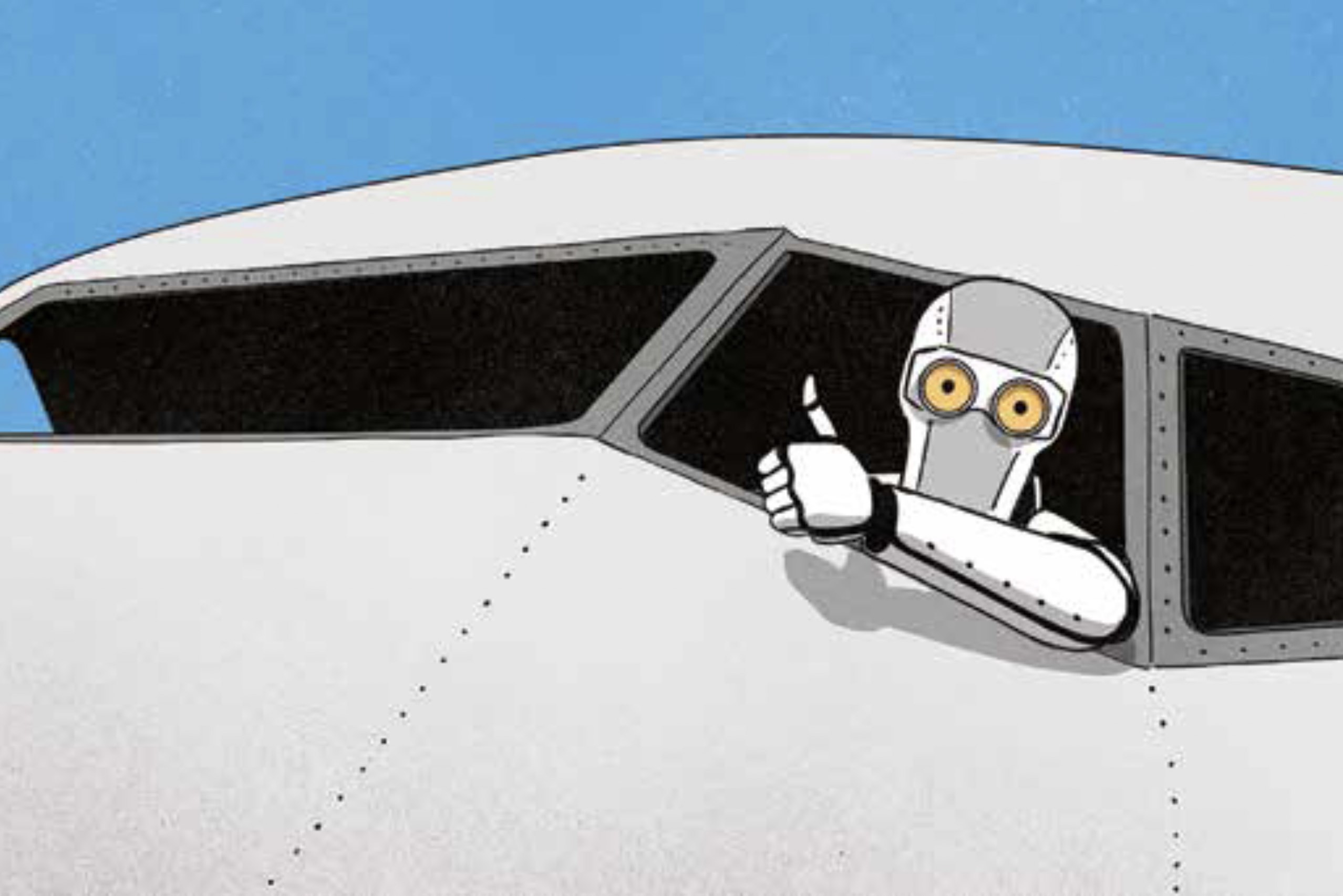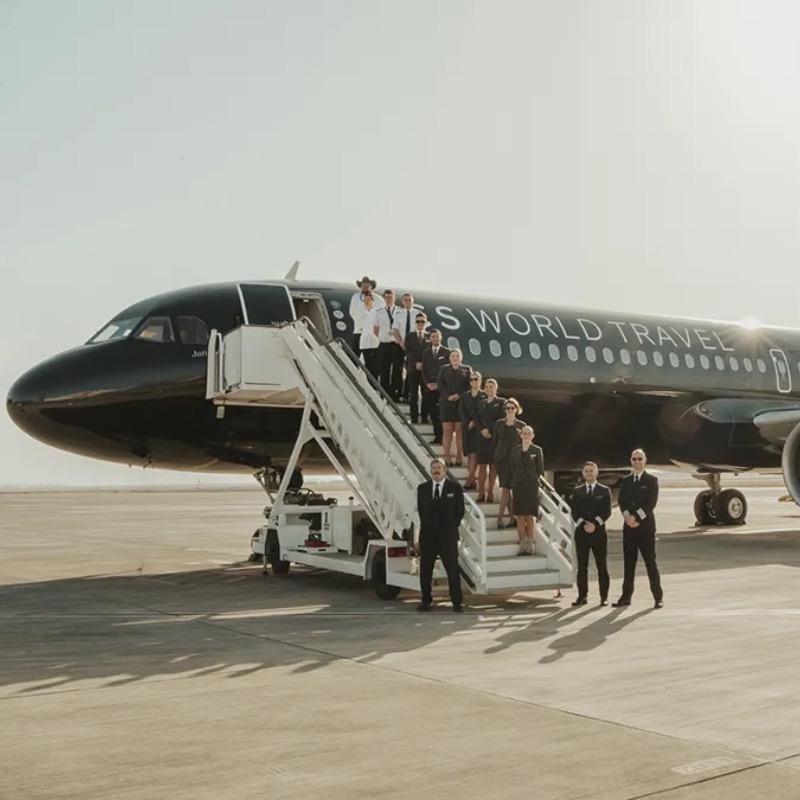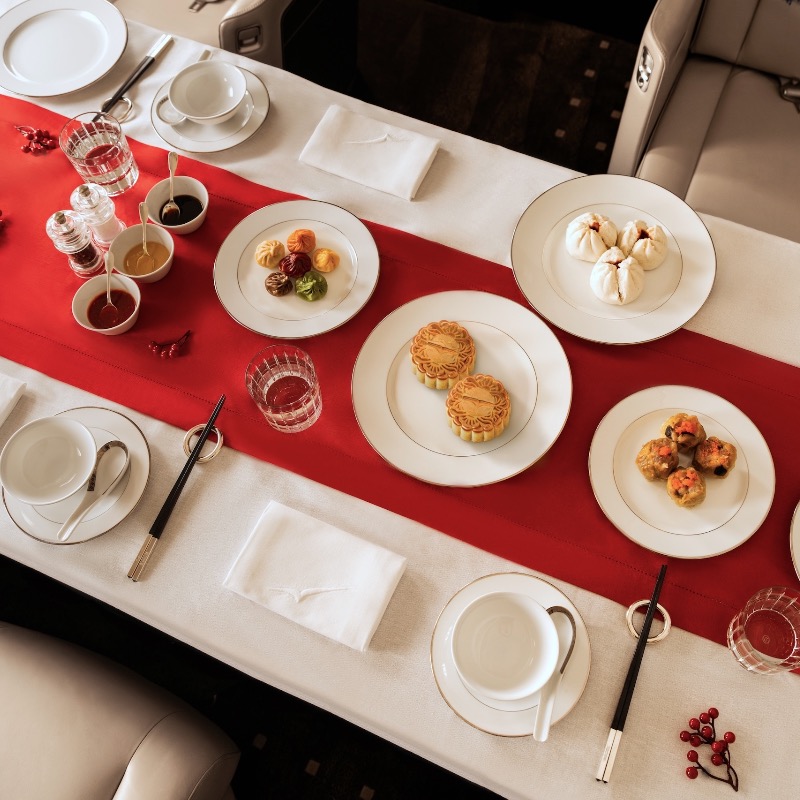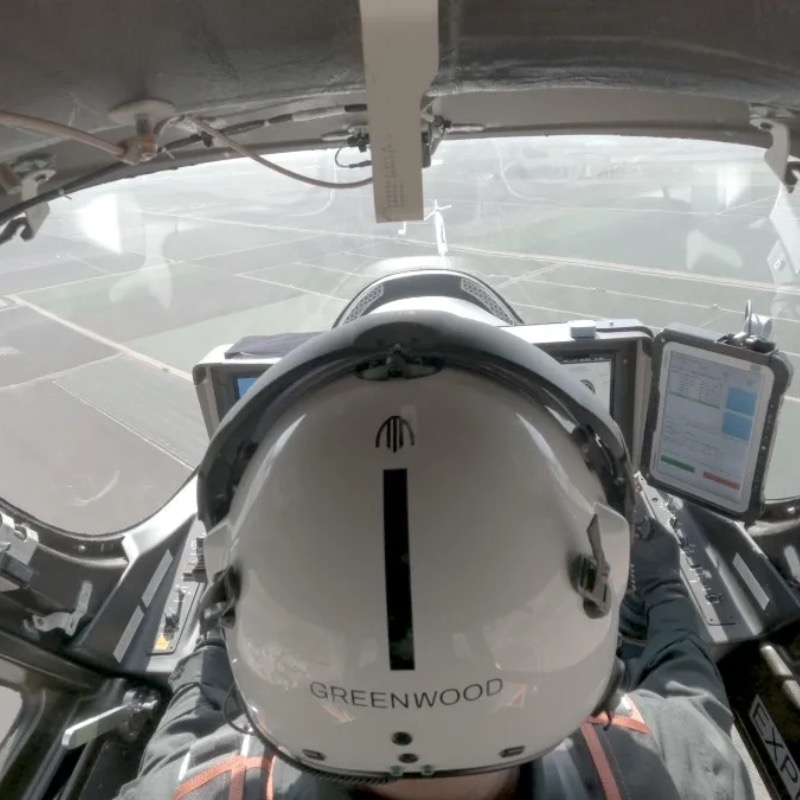By Michael Verdon, Julie Boatman, and Jen Paolini
Next-Gen Piloting Is Here
The fast-approaching era of electric aircraft will transform intracity and regional travel for passengers, but it will also fundamentally change the pilot experience. The new crop of electric vertical-takeoff-and-landing (eVTOL) craft are smaller than most helicopters and conventional planes, but also potentially more complex, with multiple rotors that tilt for hovering and forward motion. That’s supplemented by the need to constantly assess flight conditions in what promise to be busy urban airways, all while managing prop and rotor pitch and adjusting ailerons, rudders, elevators, and landing gear.
How does one lessen the pilot’s burden without compromising safety? The answer, eVTOL leaders Archer and Joby agree, involves unified flight controls, adopted from military programmes such as the F-35B fighter jet. The fly-by-wire systems used by Dassault, Gulfstream, and Bombardier operate on the same principle, with a flight control computer (FCC) linked to a multi-servo digital autopilot. Unlike mechanical systems of older aircraft, where a pilot controls every aspect of flight, here the computer takes over once the pilot inputs commands.
The next generation of unified flight controls are significantly faster, smaller, and more sophisticated. BAE Systems has designed controls that relay pilot input every few milliseconds but are 40 per cent more compact than five years ago. This customised technology is designed to be intuitive for fixed-wing or rotorcraft pilots and far more simplified.
Joby’s inceptor, or the stick that controls speed, for example, recentres after an input, maintaining the airspeed set by the pilot—similar to cruise control in a car. “If I want to go to 100 knots, I’ll kind of peg the stick,” says Joby’s Greg Bowles. “The number reaches 100, you let go, and it’s going to stay at 100. If you continue to accelerate, it’ll get to a maximum safe top speed and stop.”
“The pilot doesn’t control power,” adds Archer’s Brian Gump. “The pilot commands acceleration or deceleration, a climb or descent, or a heading change, and the FCCs allocate power as required to meet that command.” Archer’s controls include two sticks: the left regulates velocity while the right handles vertical speed and direction.
These advances signal a new chapter for not only the eVTOL world, but also how pilots train. Flight is not so automated that the aviator is entirely removed from the equation—the pilot still dictates the direction and navigation of the aircraft’s path—but it is a fundamentally new way of flying. Not exactly a magic carpet, but closer than aviation has ever been before.
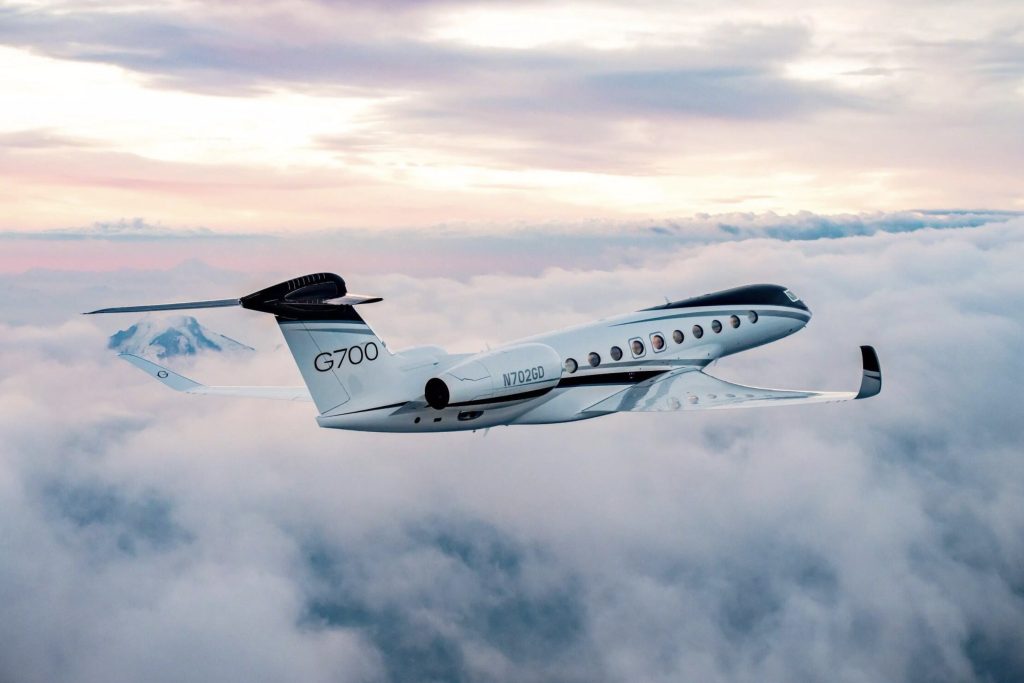
Speed
Gulfstream
G700
Breaking one record for rapid transit is remarkable enough, but what about two? Gulfstream’s ultra-large-cabin G700 did exactly that on recent trips from Savannah to Honolulu, covering the distance in eight hours and 52 minutes at an average speed of Mach 0.9 using a blend of sustainable aviation fuel, and Los Angeles to Sydney in just 14 hours and 26 minutes—that’s two more performancebased honours to swell the G700’s growing tally of city-pair speed records.
Add to that the numerous features that make Gulfstream a commanding presence in its sector—whisper-quiet noise levels, the most spacious cabin in business aviation, 100 per cent freshair ventilation technology, natural-light design with panoramic windows, layout configuration flexibility, the lowest cabin altitude in the industry, and a maximum operating speed of Mach 0.935—and the G700 stands for not only the fastest aircraft in the company’s fleet, but also the most comfortable, providing an unrivalled experience for passengers.
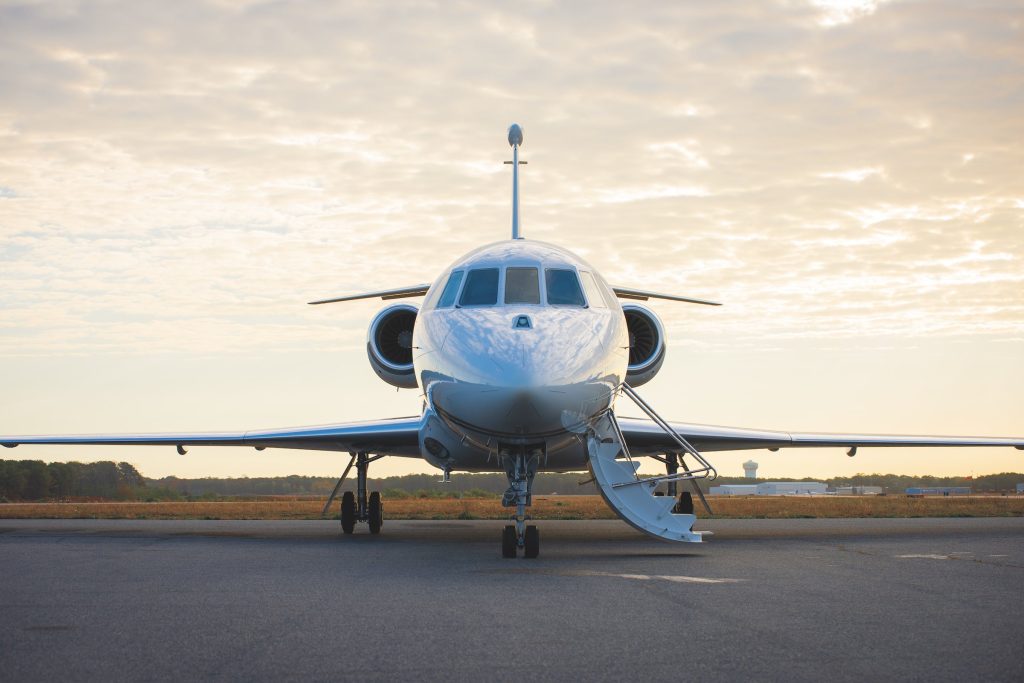
Jet Card
Sentient
SJ25+
If there’s a gold standard for jet cards, Sentient, which launched the industry’s first in 1999, can claim the title. Despite the onslaught of competitors, its 25-hour card has remained at the top of the pack even as it celebrates its 25th anniversary. The differentiators: Sentient’s new app allows clients to quote prices and book flights in under 60 seconds via text, its preferred aircraft fleet is top-tier, and the card is backed by a multi-tiered safety structure for its clients, including an independent safety advisory board. Or just consider the numbers over the past 25 years: more than one million passengers flown to over 2,500 destinations; 6,700 active card owners; and revenue growth of 549 per cent. Not to mention the company’s expanding partnerships with luxury hotels and events, which in 2024 offered perks valued at US$225,000 (HK$1.74 million), and its sustainability programme that offsets emissions 300 per cent from each flight with no cost to clients (to date, Sentient has offset 1.34 million metric tons of carbon).
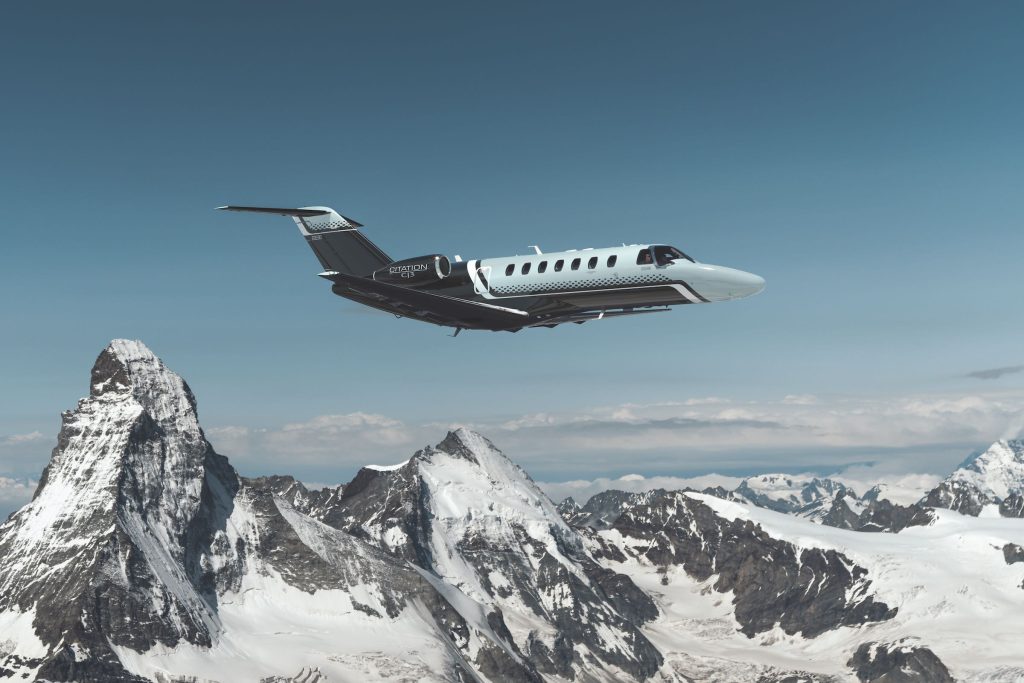
Super-Midsize Jet
Textron Aviation
Citation CJ3 Gen2
While it was no surprise that Textron Aviation would sequence through one of its most successful models for next-gen treatment, the Citation CJ3 Gen2 update still rocks, making it our pick for the best of the super-midsize fleet. Inside, the revised CJ3 looks and feels like a bigger jet than its predecessor, with an interior that its engineers are justifiably proud of—from the articulating seats to the use of eco-friendly materials throughout. On the flight deck, the updated Garmin G3000, coupled with the new GDL 60 data link, transforms the pilot’s suite into a connected cockpit. The jet has a max cruise of 416 knots true airspeed, a max range of 2,040 nautical miles, and a landing distance of 2,770 feet.
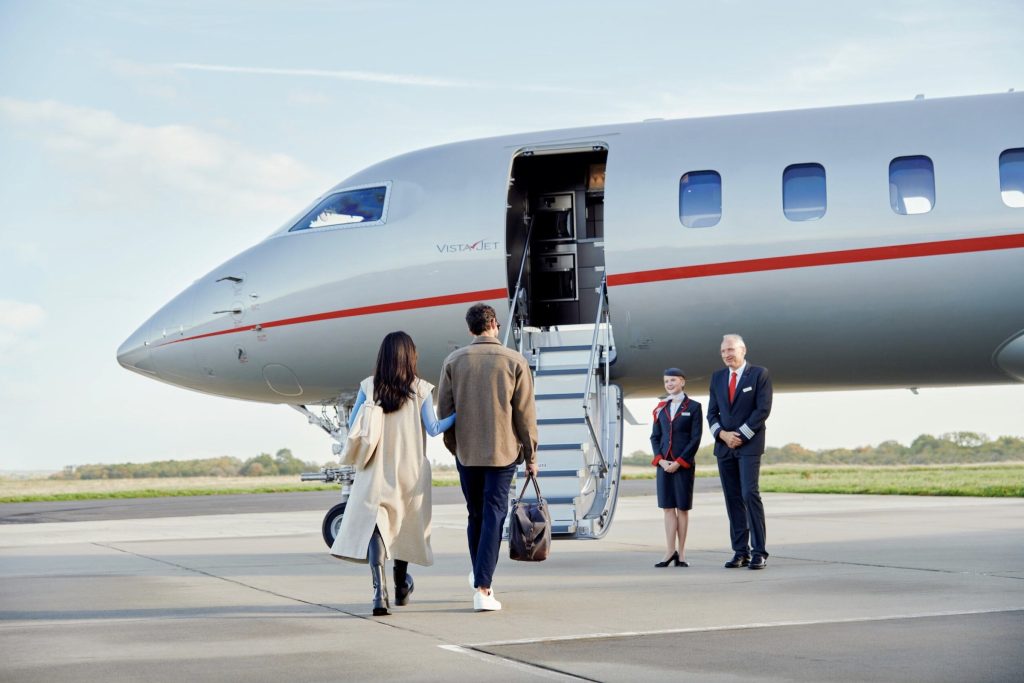
Exclusive Experiences
VistaJet
A global leader in private and business aviation, now with two decades under its belt, VistaJet knows better than most that getting travellers to and from their destination is only one part of the journey. As the demand for tailored experiences continues to rise, the company is reinforcing its commitment to its exclusive Private World programme, creating even more opportunities for VistaJet members to unlock a wealth of unparalleled adventures across the planet.
From exploring the beautifully restored Bottega Veneta residence in Venice, witnessing spectacular wildlife on a luxury safari in the Serengeti National Park, and cruising through Costa Rica’s waters to discover humpback whales, dolphins, and sea turtles to highly coveted access to Formula 1 racetracks through Ferrari, VistaJet’s Private World collaborations with diverse partners are designed to offer members an everchanging calendar of activities that are personalised, unique, and exciting—not to mention completely unforgettable.
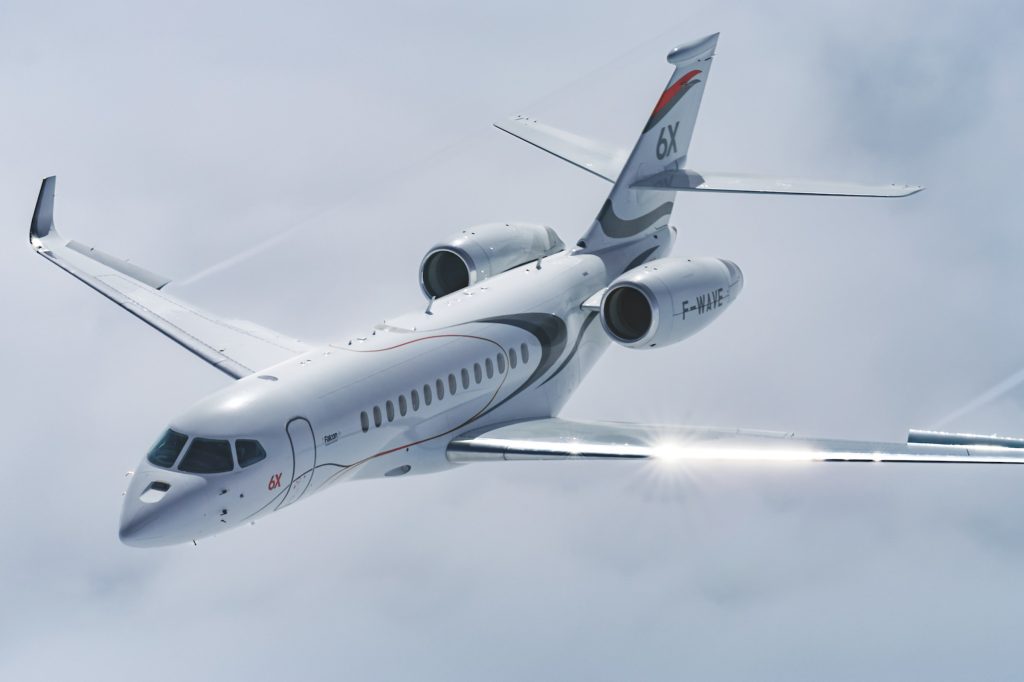
Large Cabin
Dassault
6X
Dassault recently delivered its first long-range 6X, completing a circle that began after the French aerospace firm cancelled its four-year-old 5X programme in 2017 without delivering any aircraft. It stretched the 5X’s fuselage by 20 feet to get the 6X, creating its debut wide-body configuration, which has a wider floor and taller cabin than its competitors. Despite the extra girth, the 6X’s stats are impressive: 5,500-nautical-mile range (delivering nonstop flights from Los Angeles to Geneva or S.o Paulo to London), 16-passenger capacity, and maximum speed of Mach 0.9. The customisable cabin, divided into three zones, has 30 extra-large windows, a full galley, and features such as a low-altitude pressurisation system and circadian-rhythm lights to mitigate jet lag. Fly-by-wire controls and an advanced situational awareness system called Falcon Eye are the cockpit differentiators. Plus, the 6X has paved the way for an even larger wide-body, the ultra-long-range 10X, scheduled for delivery in 2027.
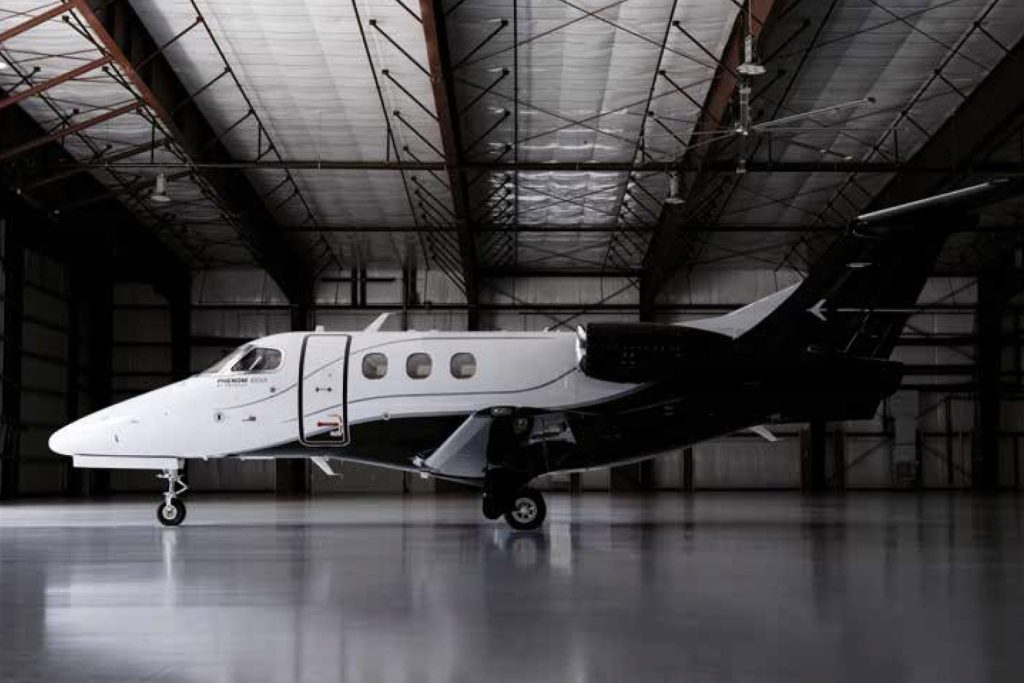
Light Jet
Embraer
Phenom 100EX
Embraer leans into the big E with its evolution of the Phenom 100EX. Choose your word: Efficiency, environment, experience—they all play a part to make it the biggestfeeling light jet on the market, which is a particularly crowded segment. Up front, the optional Runway Overrun Awareness and Alerting System (ROAAS) that enhances stabilised approaches adds an extra layer of protection during a critical phase of flight, while the Flight Stream 510 allows the pilot to connect portable electronic devices to the aircraft avionics, thus reducing workload. In the cabin, Embraer’s design team has revised every element—opening up the space, upgrading the seats, increasing workspace by 30 per cent by repositioning tables, and using new combinations of leather, Ultraleather, and veneer to dress up the interior. Stats remain best in class: a top speed of Mach 0.7, a 1,178-nautical-mile range, and a takeoff distance of 3,190 feet.





